There are facts, but your perception of these facts differs depending on your values and beliefs. There is nothing new or startling about this observation, except the perception divide is becoming more apparent every day:
The online poll, by data firm Morning Consult, asks the same five core questions as the University of Michigan’s well-known consumer sentiment survey, and for nearly two years has been collecting about 210,000 responses a month, compared to 500 or so each month for the Michigan survey.It also includes questions about the respondents’ political leanings, and an initial set of results released Wednesday showed a stark division that may make it hard to interpret how the economy’s performance will play out in 2020 presidential voting.American voters face the same set of economic facts, from low unemployment to the risks from a trade war, but the survey’s index of overall sentiment – at 108 just above the 100 line that separates positive from negative impressions of the economic outlook – masked the huge divide between those who approve of Trump, whose views measured a far rosier 136, and those who disapprove of the president, with a reading of 88.The results, weighted by factors like age, race and sex, to be nationally representative, were similarly skewed based on media consumption. Viewers of conservative-leaning Fox News registered 139 for current sentiment about the economy; viewers of MSNBC, an outlet often critical of Trump, registered 89. Readers of the New York Times sat in the middle at 107, near those who get their news from Facebook (110) and Twitter (112).
It’s almost like there are two completely different realities out there. It’s no wonder that it’s increasingly difficult to reach any consensus or achieve a common ground if people out there can look at the exact same data and draw diametrically opposed conclusions.
Facts and figures, of course, are always open to interpretation and different weight can be assigned to particular pieces of information, but it’s disheartening to see the extent of the divide.
Just to illustrate the indicators we are talking about, I’ve borrowed some graphs from The Pink ‘Un, AKA “The Financial Times”, on the state of the American economy:
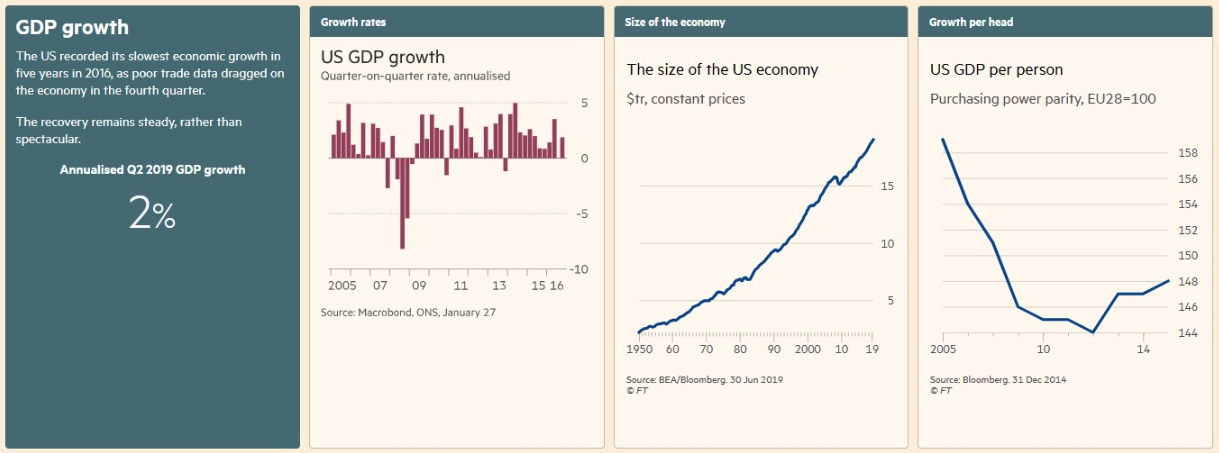
Slow, but on the up.
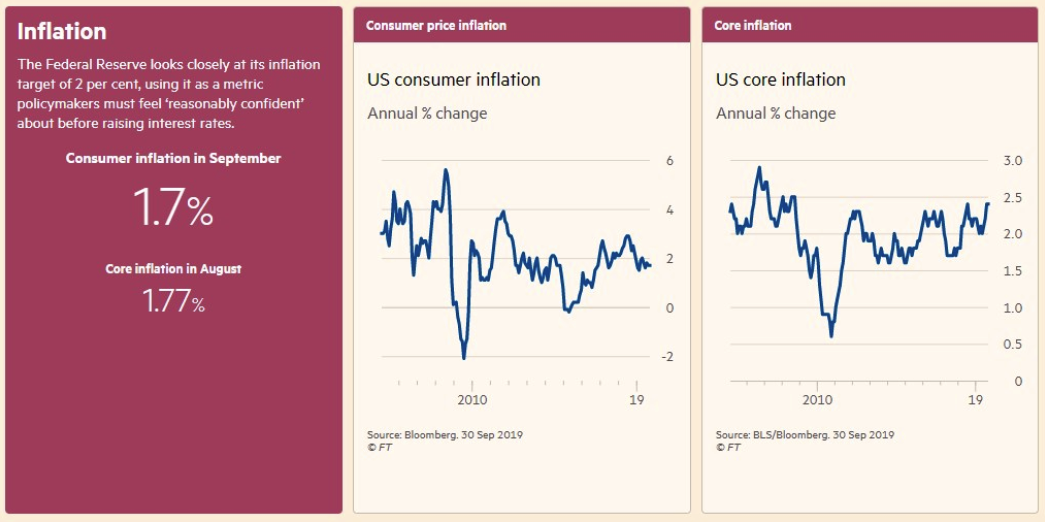
Pretty low, but falling.
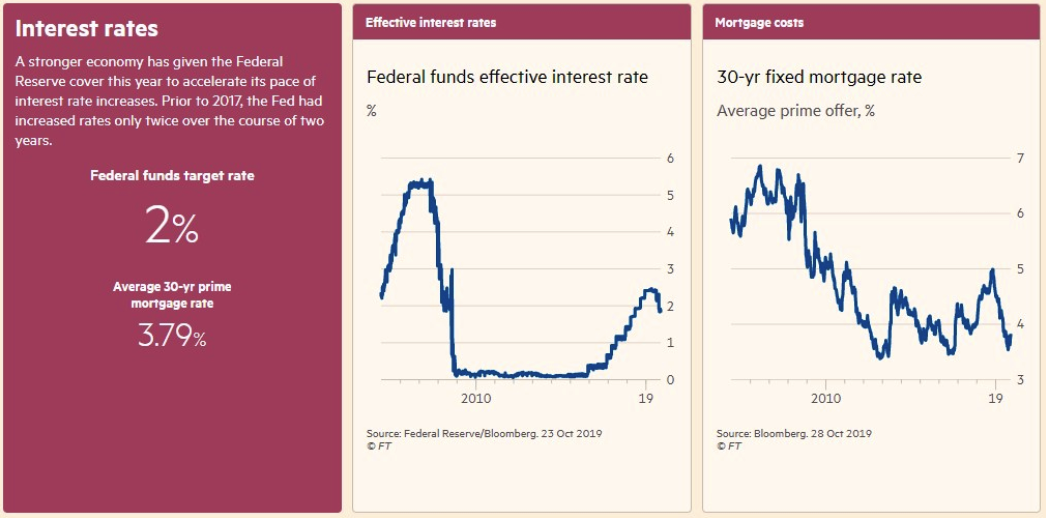
Continue to be low, making investment attractive.
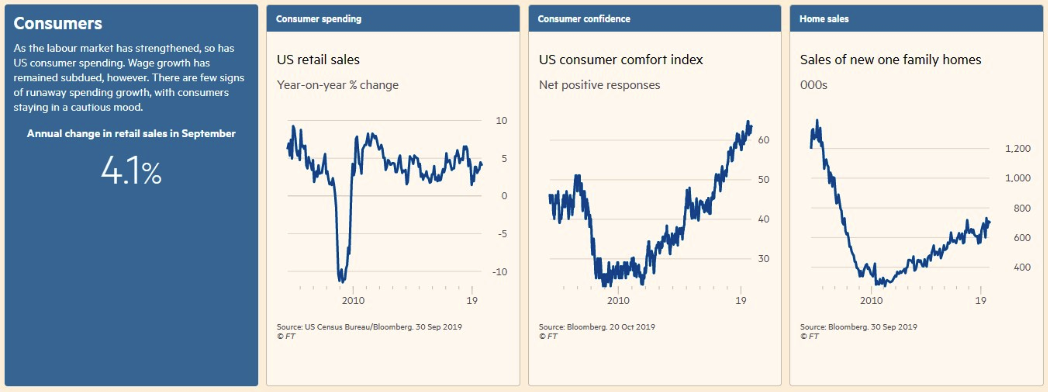
Again, the trends are moving in positive directions.
The sad thing is, if a Democrat was in the White House at the moment, the perception is likely to have been reversed, with the MSNBC crowd talking up the economy and the Fox viewers seeing only dire signs. In that regard, the economy remains a hostage to partisan and ideological desires – those in power hope for the best, those in the opposition for the worst.
As Charles Dickens famously wrote in “A Tale of Two Cities, “it was the best of times, it was the worst of times”. We make it “A Tale of One City” – in two different books.
Arthur Chrenkoff blogs at The Daily Chrenk, where this piece also appears.
Got something to add? Join the discussion and comment below.
Got something to add? Join the discussion and comment below.
Get 10 issues for just $10
Subscribe to The Spectator Australia today for the next 10 magazine issues, plus full online access, for just $10.


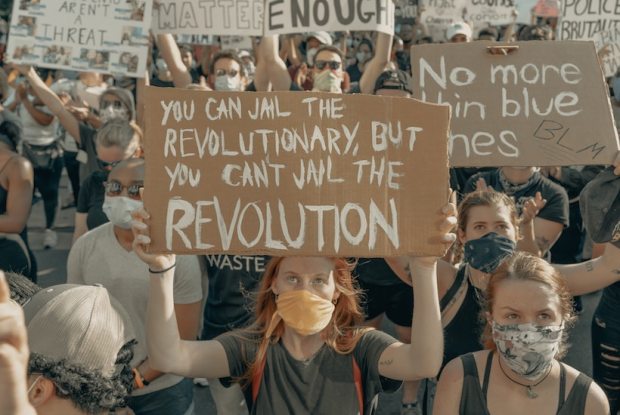


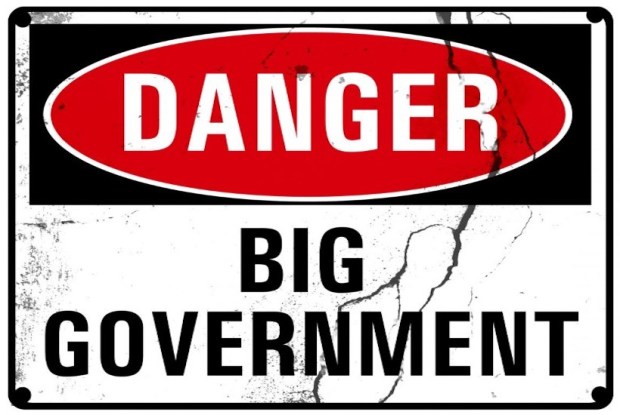




















Comments
Don't miss out
Join the conversation with other Spectator Australia readers. Subscribe to leave a comment.
SUBSCRIBEAlready a subscriber? Log in